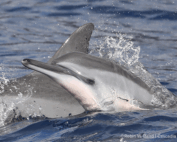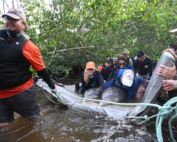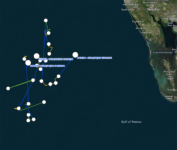Dolphin Rescues, Interventions & Follow-Up Monitoring
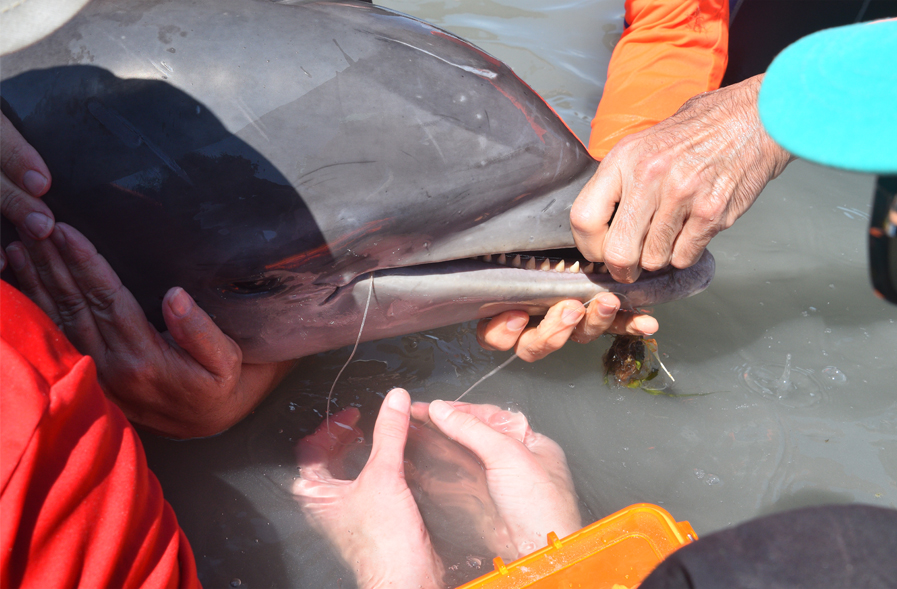
Some of the most popular stories we tell are about the successful rescues we’ve undertaken to save wild dolphins with life-threatening injuries from entanglement in fishing gear or other types of debris. Social media posts about these heartwarming saves get thousands of ‘likes’ and ‘shares.’
But mounting such rescue efforts can be extremely challenging. Rescues are expensive to undertake, they are often logistically difficult to organize and conduct, even with Southwest Florida’s strong network of trained responders stretching from Clearwater to Marco Island, and they can be dangerous for dolphins and people. While we think it’s important to save each individual animal we can, as scientists we know that it’s also important to evaluate the costs and benefits of these rescues and to determine how they impact an overall dolphin population.
The ultimate goal for each intervention we undertake with approval from the National Marine Fisheries Service, which is tasked with protecting wild dolphins, is that we want the animals to remain in or return to wild populations to survive and reproduce. This goal also has two complementary objectives:
- To help individual dolphins survive and heal from their injuries;
- To allow animals that would have otherwise died, to remain as functioning members of local populations contributing to the community’s stability and survival in the face of many concurrent and cumulative threats.
So how do we determine success?
One key factor, of course, is by looking at how long an animal survives after an intervention. Previous studies — including those led by our program’s Director, Dr. Randy Wells — indicate that survival for six weeks after an intervention is a good benchmark for understanding the success for an individual cetacean. But what about the impact on a larger population?
Fortunately, we have spent more than 50 years monitoring the Sarasota Bay dolphin population and work closely with other nearby dolphin studies. This rich, long-term dataset allowed us to take a step back and look at dolphin interventions from a wider perspective — 35 years to be exact.
For the study “Staying Alive: Long-Term Success of Bottlenose Dolphin Interventions in Southwest Florida” published in the journal Frontiers in Marine Science, we evaluated the outcomes of 27 rescues conducted to save free-swimming dolphins from life-threatening entanglements that took place from 1985 through 2019 and whose cases included direct observations from follow-up monitoring beyond the initial six-week success criterion.
We found that:
- Nearly all rescued individuals — 92 percent — survived longer than six weeks post-release, with 13 still observed frequently within their prior resident communities, in good physical health, and engaging in normal behavior.
- Approximately 75% of rescued dolphins in our study survived over multiple years. Survivorship rates did not decline substantially between one and five years post-rescue, meaning that survival beyond one year may be a useful benchmark of long-term success.
Importantly, all living animals remained in their local communities, and rescued females that reached reproductive maturity have gone on to produce offspring — that’s 12 post-intervention calves to as of January 2021 just in Sarasota Bay.
Together these findings strongly support the idea that interventions to save individuals with life-threatening anthropogenic — human induced — injuries provide benefits not only to the welfare of those individuals, but also to the stability and growth potential of their local populations.
In other words, success!
Learn About Some of Our Past Rescues, Interventions and Post-Release Monitoring
Spinner Dolphin Studies
TADpole Breaks New Ground in Spinner Dolphin Studies During field work in O'ahu, Hawaii in earlier this summer (2025), SDRP collaborated with Robin Baird of Cascadia Research Collective to deploy satellite-linked tags
Biennial Conference on Marine Mammals 2024
We participated in or led a dozen presentations during the 25th Biennial Conference on the Biology of Marine Mammals hosted by the Society for Marine Mammalogy, the largest global organization of individuals interested in
Dolphins Rescued from Shallow Lagoon
Dolphins Rescued from Lagoon off Pine Island Two dolphins are back in deeper waters after being rescued from a shallow lagoon along Pine Island Creek on the
Dolphin F312 Injured by Boat
Boat Collision Injures Sarasota Bay Dolphin In July 2024, members of the public reported a dolphin with an injured dorsal fin. Subsequent surveys by the Sarasota Dolphin Research Program allowed us to
Offshore Research Update
June 2024 Offshore Dolphin Research Update Since 2022, we’ve been conducting health assessments of offshore dolphins to gather data needed to address critical information gaps for the little-known species that regularly inhabit west
Dolphin Rescue: Roy Kent
Fishing Line Cuts Like a Saw — Rescuing "Roy Kent" Starting in February 2024, we made numerous attempts to remotely disentangle an 8-year-old, 7.5-foot, 315-pound male dolphin nicknamed "Roy Kent" (F334) from


